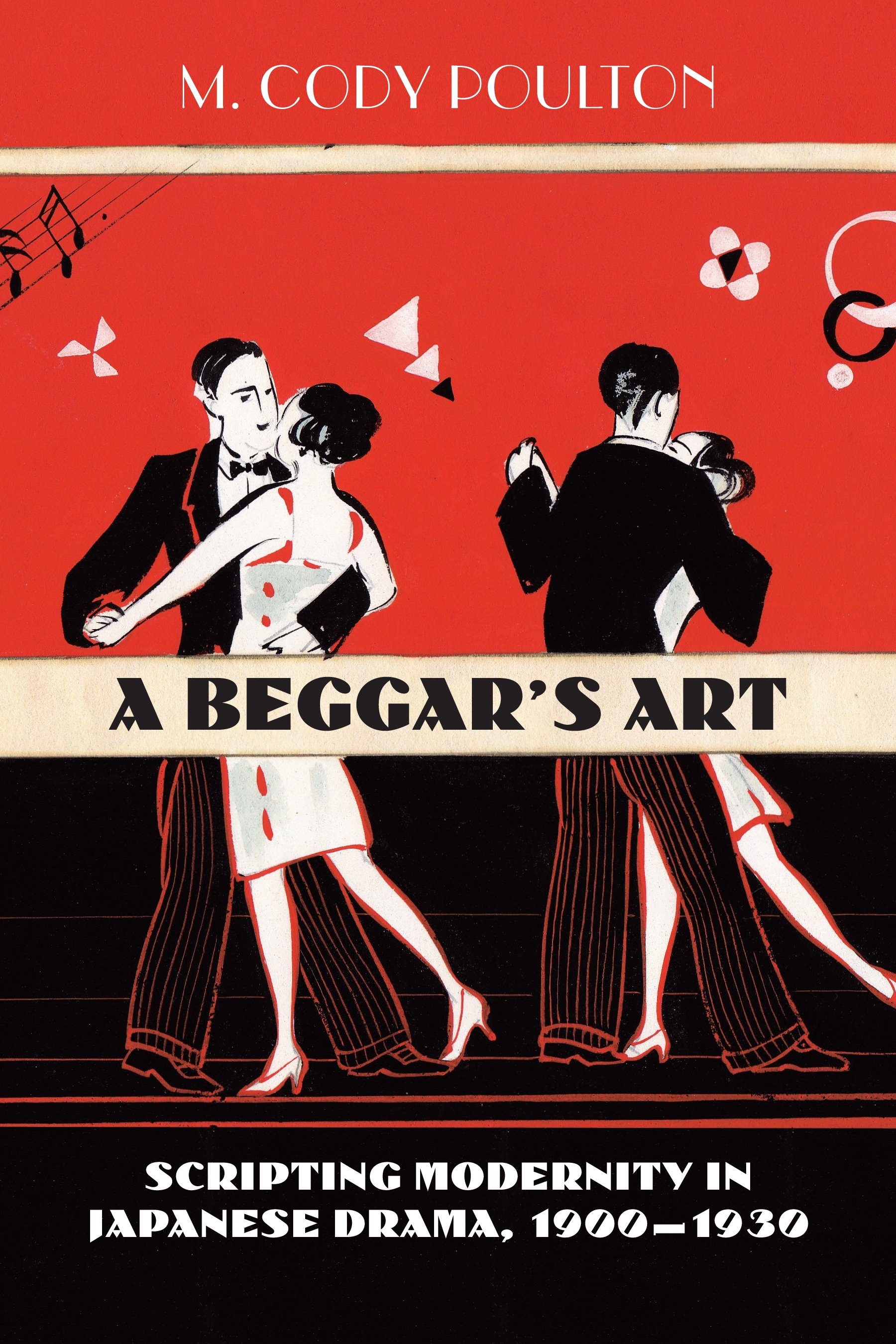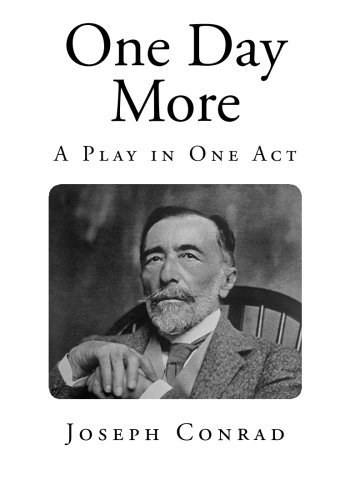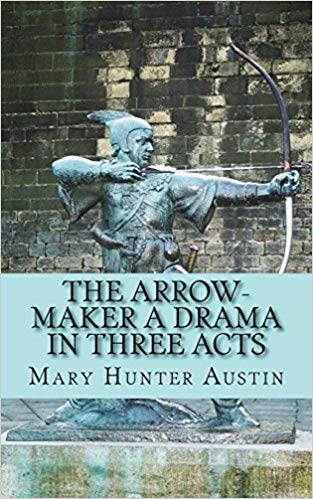A Beggar's Art
by M. Cody Poulton
2020-05-06 12:09:45
In the opening decades of the twentieth century in Japan, practically every major author wrote plays that were published and performed. The plays were seen not simply as the emergence of a new literary form but as a manifestation of modernity itself,...
Read more
In the opening decades of the twentieth century in Japan, practically every major author wrote plays that were published and performed. The plays were seen not simply as the emergence of a new literary form but as a manifestation of modernity itself, transforming the stage into a site for the exploration of new ideas and ways of being. A Beggar’s Art is the first book in English to examine the full range of early twentieth-century Japanese drama. Accompanying his study, M. Cody Poulton provides his translations of representative one-act plays. Poulton looks at the emergence of drama as a modern literary and artistic form and chronicles the creation of modern Japanese drama as a reaction to both traditional (particularly kabuki) dramaturgy and European drama. Translations and productions of the latter became the model for the so-called New Theater (shingeki), where the question of how to be both modern and Japanese at the same time was hotly contested. Following introductory essays on the development of Japanese drama from the 1880s to the early 1930s, are translations of nine seminal one-act plays by nine dramatists, including two women, Okada Yachiyo and Hasegawa Shigure. The subject matter of these plays is that of modern drama everywhere: discord between men and women, between parents and children, and the resulting disintegration of marriages and families. Both the bourgeoisie and the proletariat make their appearances; modern pretensions are lampooned and modern predicaments lamented in equal measure. Realism (as evidenced in the plays of Kikuchi Kan and Tanaka Chikao) prevails as the mode of modernity, but other styles are presented: the symbolism of Izumi Kyoka, Suzuki Senzaburo’s brittle melodrama, Kubota Mantaro’s minimalistic lyricism, Akita Ujaku’s politically incisive expressionism, and even a proto-absurdist work by Japan’s master of prewar drama, Kishida Kunio. With its combination of new translations and informative and theoretically engaging essays, A Beggar’s Art will prove invaluable for students and researchers in world theater and Japanese studies, particularly those with an interest in modern Japanese literature and culture.
Less





























